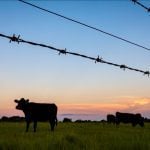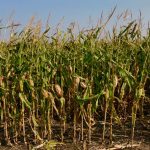There are a few good reasons to put some real effort into field scouting this coming season. Crop growth and development, particularly with wild weather, can be much different than “normal.” And knowing what pests are out there or not out there, or the degree of severity if they are out there, makes for much […] Read more












